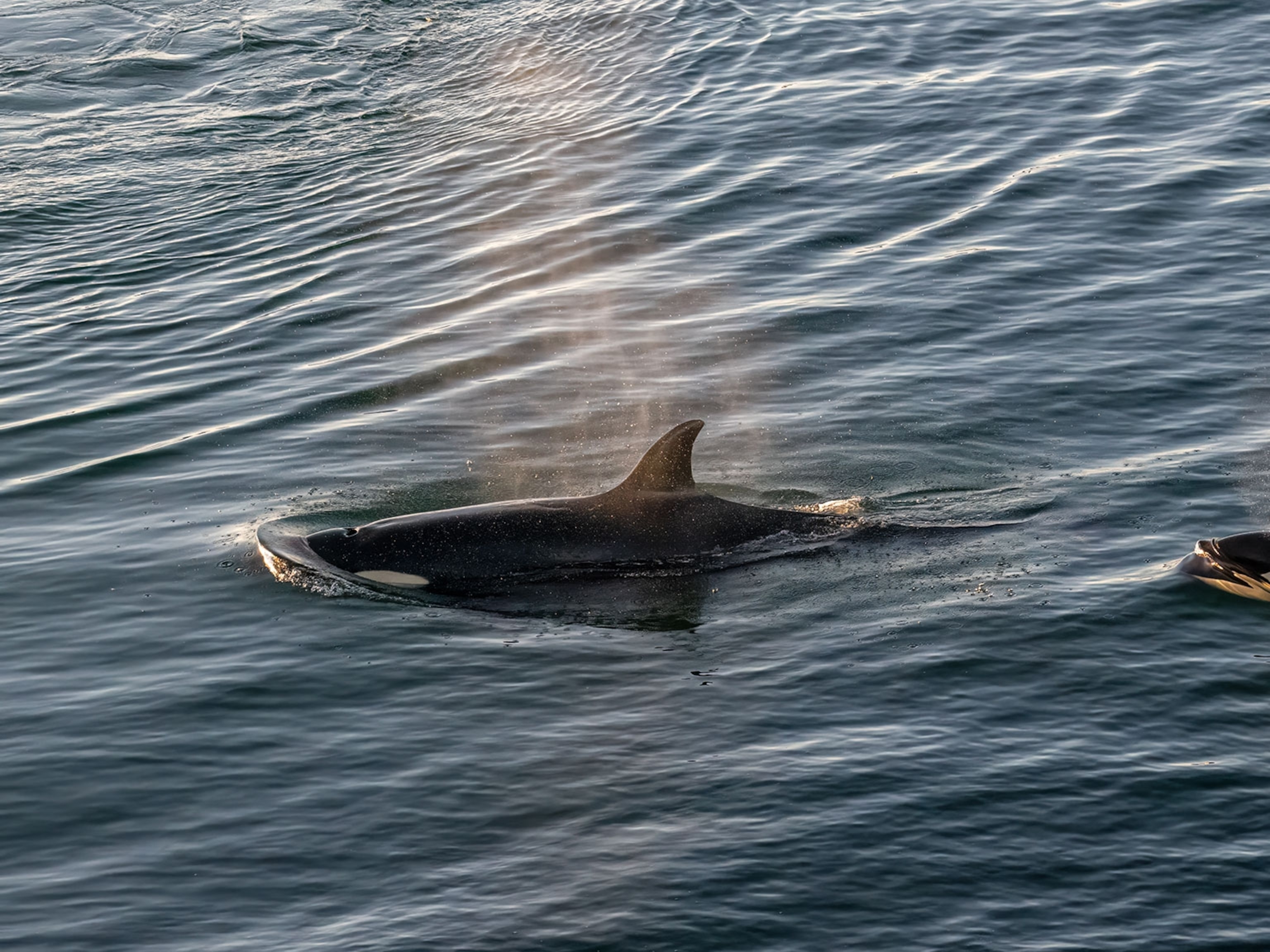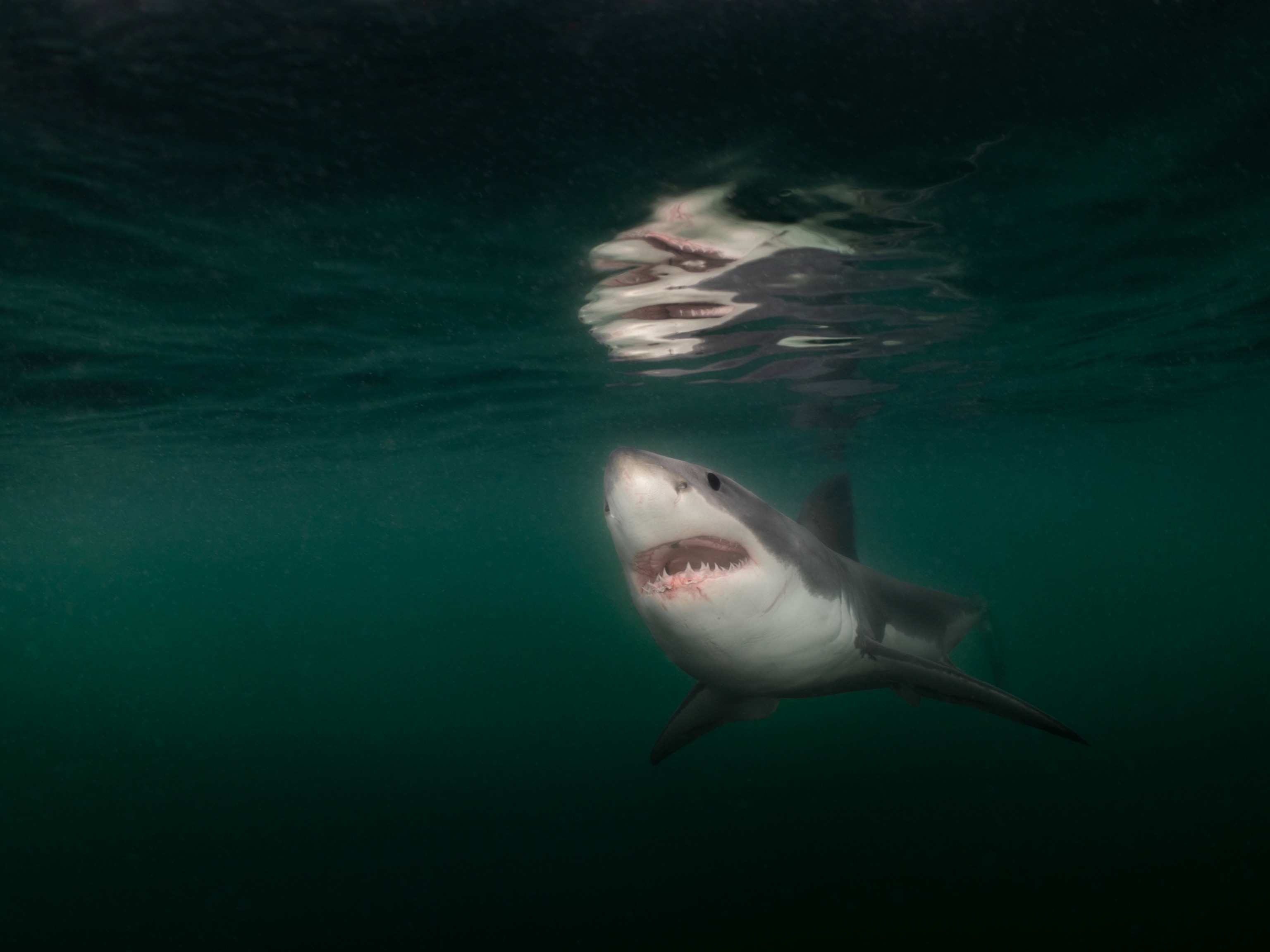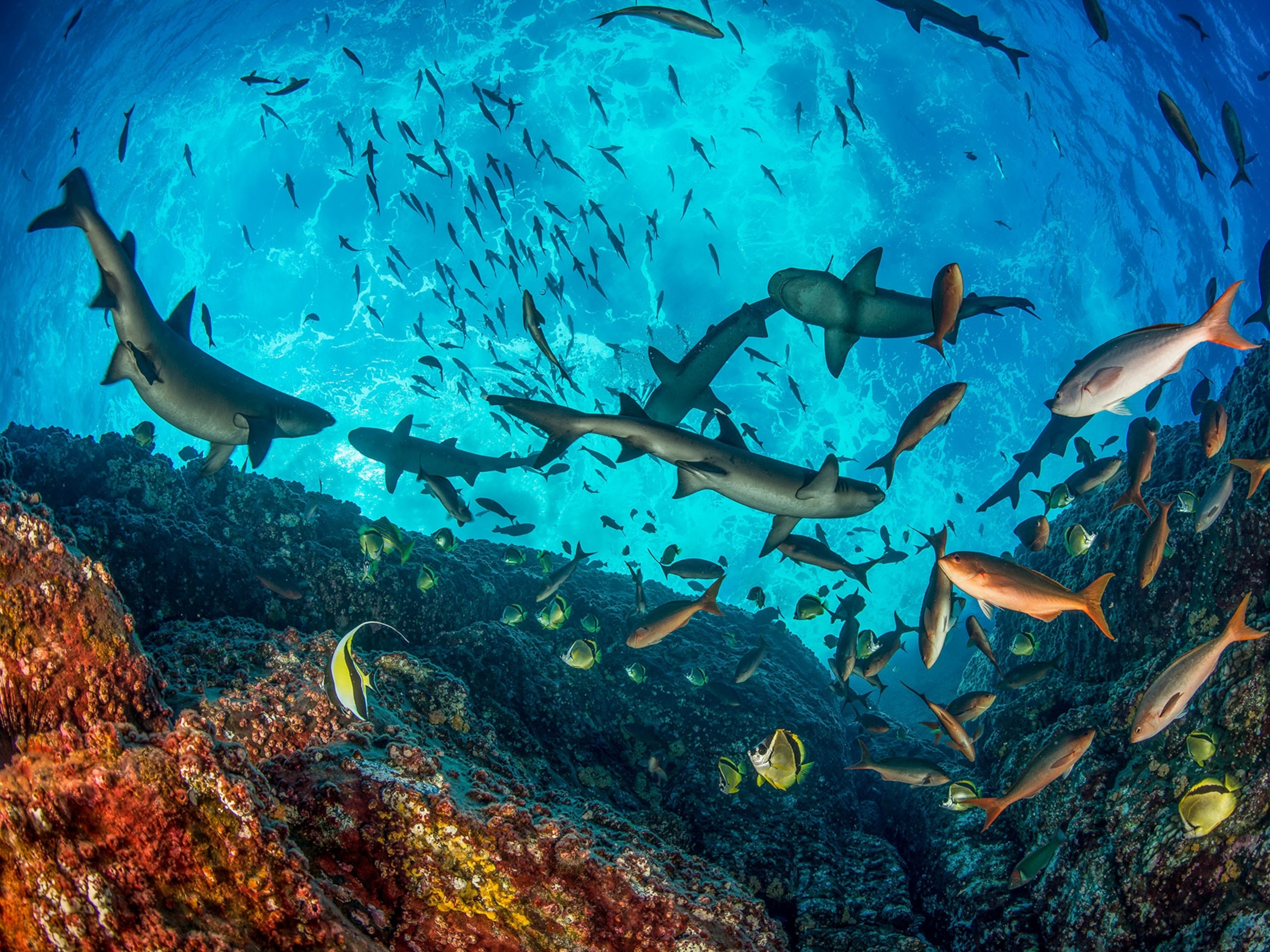
Great White Sharks Thriving in U.S. Waters
Two new reports find that great white shark populations are recovering after years of fishing pressure on the East and West Coasts.
It's a bad time to be a seal. That's because great white sharks are on the rebound.
In fact, two new studies say that these iconic fish are doing better than expected off the East and West Coasts of the U.S.
Researchers credit the encouraging numbers to federal and state regulations put into place in the 1990s to protect great white sharks and many of the marine mammals that great whites are known to consume. The regulations were a response to declining great white numbers in the 1970s and 1980s, when commercial and recreational fisheries pressured the predatory species.
"For once we're getting some good news," says George Burgess, director of the Florida Program for Shark Research at the Florida Museum of Natural History in Gainesville. "[White shark] numbers are going up, and [great whites are] probably in a better situation than we've seen them in our lifetimes."
That doesn't mean they're fully recovered, says Burgess, who was involved in both studies. White sharks take years to reach sexual maturity; females need to grow to about 15 feet (4.6 meters) long. Pregnancies likely last between 12 and 18 months. And after females give birth—typically to 2 to 14 pups at a time—they need about a year before they're ready for another pregnancy.
All of which means that if populations come back, it happens very slowly.
A Closer Look
The recovery trend played out in a combination of anecdotal and scientific data compiled for a study led by the U.S. National Oceanic and Atmospheric Administration (NOAA) on great white shark numbers in the North Atlantic. Researchers looked at sightings from sources including scientific surveys, commercial fishery observer programs, recreational tournaments, commercial and recreational fishers, and newspaper articles published between the years 1800 and 2010.
In the end, it was impossible to put an absolute number on how many great white sharks are now swimming off the East Coast. But the researchers confirmed that—after a dip in sightings during the 1970s and '80s—their numbers started to grow again in the '90s.
And they've been steadily increasing ever since.
Tobey Curtis, a shark researcher with NOAA's National Marine Fisheries Service in Gloucester, Massachusetts, and his colleagues also found that great white sharks are seasonal travelers, moving up and down the U.S. East Coast at different times of year. They spend the winter months south of North Carolina, then start heading north in the late spring.
Things are looking up on the other coast too. When experts reevaluated data from a 2011 study of great white shark populations off the coast of central California, they estimated that there are about 2,400 adult great white sharks in the area—and perhaps, says Burgess, "several times more than that."
Previous estimates put the number at just 219.
Tag Team
Most of the North Atlantic sampling researchers looked at occurred before the widespread use of satellite tagging over the past decade, says Curtis. Today, tagging data—compiled from many different research projects—is coming in handy, allowing researchers to fill in gaps in their understanding of the sharks' movements. (See "Biggest Great White Shark Caught, Released.")
"We're seeing unexpected movements," Curtis says, "like offshore and farther south [than expected]."
One intrepid female nicknamed Lydia went as far as the Mid-Atlantic Ridge earlier this year—tens of thousands of miles away from where biologists first tagged her off the coast of Jacksonville, Florida. (See "Scientists Track a Great White Shark Across the Atlantic for the First Time.")
Just One Battle
Despite the good news, Burgess is cautious. For one thing, great white sharks on the East Coast probably haven't come back as much as their counterparts off the West Coast, where marine mammals have been recovering faster.
"Of course," says Burgess, "there's also historically been higher recreational fishing pressure aimed specifically at sharks on the East Coast."
And while the battle to protect great whites and allow their populations to recover is going well, it's only one front in the greater conservation war. The ultimate goal, says Burgess, "is to get the other species of sharks and rays going in the same direction."
Follow Jane J. Lee on Twitter.





